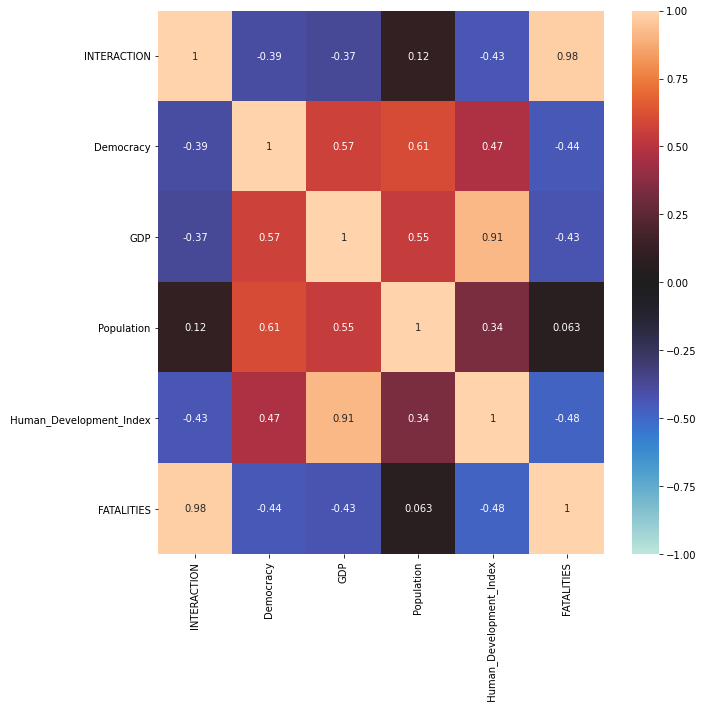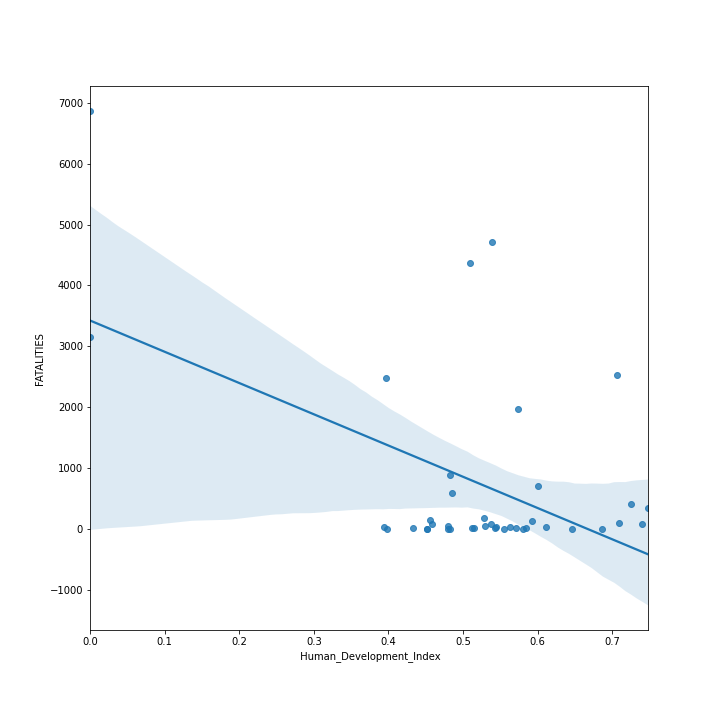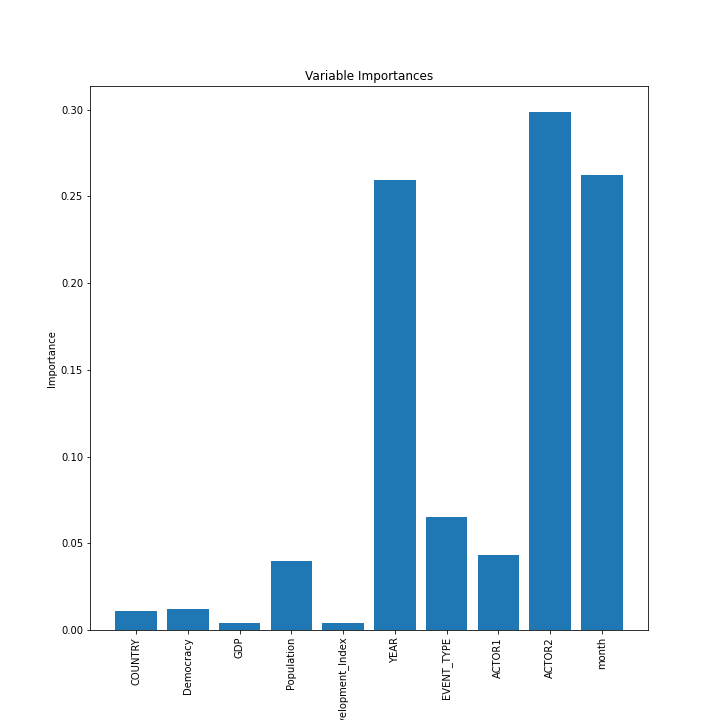Socio-economical analysis
Socio-economical background for African conflicts
Africa is the 2nd largest and 2nd most populated continent in the world - about 30.3 million km2 covers 6% of Earth’s total surface area [1]. With 1.3 billion people [2] as of 2018, it is about 16% of the world’s human population. Even with a wide range of natural resources, Africa stays the world’s poorest and least-developed continent. This is the result of a variety of causes which include corrupt governments that have often committed serious human rights violations, failed central planning, high levels of illiteracy, lack of access to foreign capital, and frequent tribal and military conflict (ranging from guerrilla warfare to genocide) [3]. African’s GDP per capita is 1,970$; the poorest African’s country – Burundi has GDP 784.9$ per capita, while for a comparison Denmark has GDP 60,170 $ per capita.
According to the United Nations' Human Development Report in 2003, the bottom 24 ranked nations (151st to 175th) were all African. In spite of this, recent economic growth and the large, young population create an important economic market in Africa and opens up the opportunities in the broader global context. The improved stability and economic reforms have led to a great increase in foreign investment into many African nations. Several African economies are among the world’s fastest growing as of 2016.
In the 21st century the number of armed conflicts in Africa has gradually dropped. For instance, the civil war in Angola came to an end in 2002 after nearly 30 years. This overlapped with many countries discarding communist-style command economies and opening up for market reforms. All those factors clearly collate with each other – less conflicts relates to better economy. To measure this correlation the Spearman’s correlation between GDP, human development index, economy index, population, number of conflicts and number of fatalities was calculated and presented as a heat map below:

To better understand the correlation with the human development index, linear regression was calculated. The negative correlation between fatalities and human development index confirms the fact that the higher development is related to decreasing number of conflicts.

Lastly, in the feature importance it was found out that the Actor2 (the second side of the conflict) has the biggest importance. (This is mostly understood as civilians.)

Although it is difficult to explain deeply all factors influencing the number of conflicts in Africa, it is clear that general development of country is related to it.
References:
[1] “World Population prospects – Population division”. population.un.org. United Nations Department of Economic and Social Affairs, Population Division.
[2] “Overall total population” – World Population Prospects: The 2019 Revision" (xslx). population.un.org (custom data acquired via website). United Nations Department of Economic and Social Affairs, Population Division.
[3] “GDP PPP, current prices”. International Monetary Fund. 2021. Archived from the original on 22 January 2021.